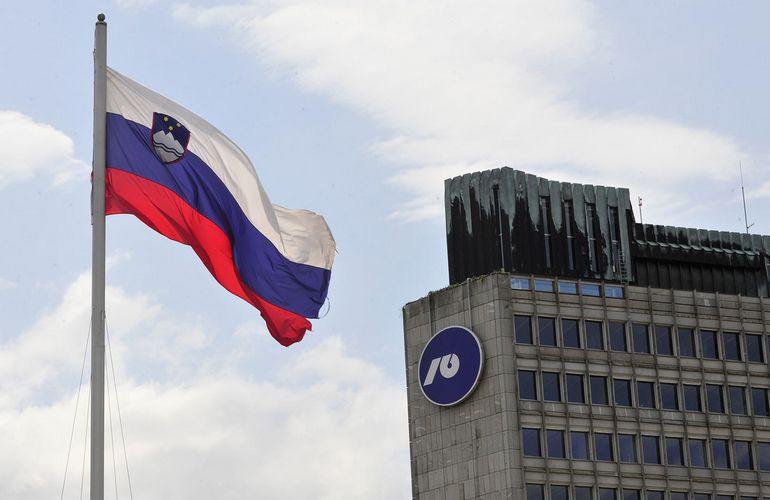The allocation statistics for SID Banka’s €300m 0.875% three-year are as follows:
By geography: Germany and Austria 36%, UK 24%, Slovenia 14%, Benelux 8%, Italy 6%, CEE 5%, other Europe 6.5% and other 0.5%.
By investor type: Fund managers 59%, pension and insurance funds 23%, banks 13%, SSA 4% and others 1%.
**************************** **************************** ****************************
Slovenia’s SID Banka printed a deal €50m above its target size and 15bp tight of initial guidance on Tuesday, as the state-owned lender reaped the benefits of its inclusion on the European Central Bank’s quantitative easing list.
SID Banka, rated Baa3/A–/NR, priced a €300m three-year bond at mid-swaps plus 80bp to yield 0.983%. The Reg S bond is guaranteed by the Slovenian state.
The development bank initially began marketing the deal at plus 95bp area over with a target size of €250m.
“The issue is a small one so there was some concern about liquidity,” said a deal lead. “But it is on the ECB QE list, and that definitely helped.”
Official statistics have not been released on the deal yet, though the order book was north of €750m.
Leads looked to Slovenia’s curve to get to initial guidance, with fair value spotted at 35bp to 40bp wide of comparable sovereign debt.
Slovenia’s outstanding euro-denominated March 2018s were trading at 28bp over mid-swaps in the hours before SID Banka released initial guidance, according to Thomson Reuters Eikon prices.
Allowing a few basis points for the extension of Slovenia’s curve from March to a hypothetical new August 2018 note, gives a new issue premium of about 10bp–15bp on the SID Banka deal.
The notes were bid at around par on Wednesday morning, according to a lead, after printing at a reoffer price of 99.682.
The deal comes hot on the heels of a new €1.25bn 10-year bond from the sovereign, which printed on July 21.
While some away from the SID Banka trade thought that Slovenia’s bond would help the bank’s deal, leads were less certain.
“Some investors could not invest in SID Banka because of Slovenian limits,” said the lead. “If you’re only going to buy one of the bonds, you’d probably buy the sovereign.”
SID Banka’s bond came while another issuer from the CEEMEA region, Georgian fertiliser producer Rustavi Azot, had to pull its US$180m trade after releasing initial guidance because it failed to gain enough traction. SID Banka’s deal, however, was at the opposite end of the ratings spectrum and targeting a very different investor base.
Deutsche Bank, JP Morgan and Raiffeisen Bank International ran SID Banka’s transaction.
